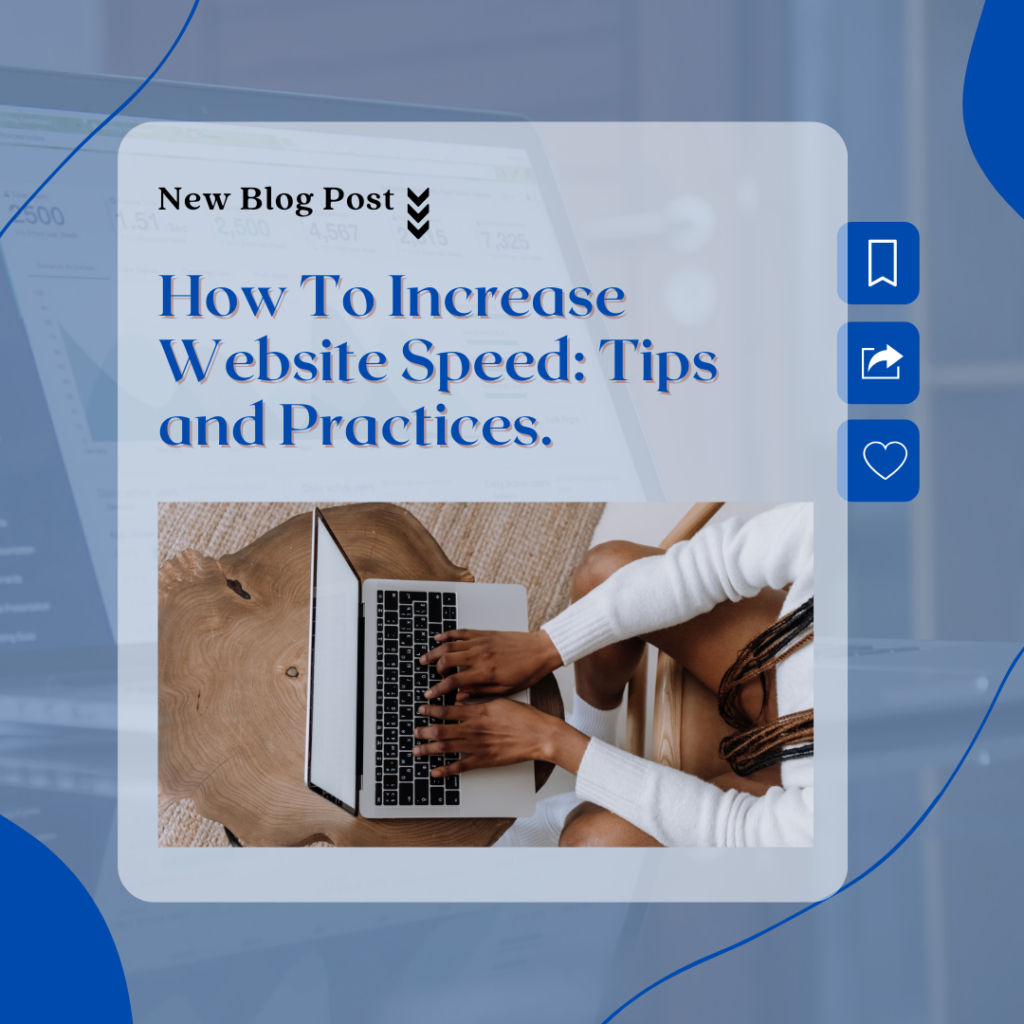content marketing;why you need it.
If you run a business in today’s digital world, you need more than just a flashy website or social media page. You need a solid way to reach people, connect with them, and keep them engaged. That’s where Content Marketing; why you need it. comes in. It’s not just about throwing out posts and hoping for the best—it’s a powerful strategy to build trust, boost visibility, and drive sales. Let’s break it down and explore why content marketing is a must have for your business. What is Content Marketing? Content marketing is all about creating and sharing valuable content to attract, inform, and engage your audience. It’s not about hard-selling your products but about providing information that solves problems, answers questions, and entertains. Whether it’s blog posts, videos, social media updates, or emails, the goal is to keep your audience coming back for more. 1.Builds Brand Awareness and Authority Your business might have the best products, but if no one knows about you, it’s a problem. Content marketing helps you build your brand’s presence in a crowded market. By consistently sharing useful and engaging content, you establish yourself as an expert in your industry. When people trust your brand, they are more likely to buy from you. 2.Improves Customer Engagement and Trust People don’t like being bombarded with ads, but they love valuable content. Whether it’s a how-to guide, an insightful article, or an entertaining video, content marketing allows you to engage your audience in a meaningful way. It builds trust, keeps your brand top of mind, and encourages customers to interact with you on different platforms. 3.Boosts SEO and Online Visibility If you want people to find you online, you need to play the SEO game right. Content marketing is a powerful way to improve your search engine ranking. When you create high-quality, relevant content that includes keywords like Content Marketing; why you need it., search engines rank your website higher. This means more traffic, more leads, and more sales. 4.Generates Quality Leads and Sales Content marketing isn’t just about attracting visitors—it’s about turning them into paying customers. When you provide valuable information, potential buyers see your brand as a helpful resource rather than just another business trying to sell something. Whether through blog posts, videos, or email newsletters, great content nudges people toward making a purchase without feeling pressured. 5.Works for Every Industry and Business Size You don’t need a massive budget or a big team to get it going. Whether you run a small business, a startup, or a multinational company, content marketing works for everyone. It’s adaptable, affordable, and effective. With the right approach, you can create content that resonates with your audience, regardless of your industry. 6.Strengthens Customer Relationships and Retention Acquiring new customers is great, but keeping them coming back is even better.This is why you need Content marketing, it helps you stay connected with your audience long after they make a purchase. Consistently providing helpful and engaging content keeps customers loyal to your brand and encourages repeat business. 7.Provides Long-Term Results Unlike paid ads that stop working once you stop paying, This one has lasting benefits. A well-written blog post, an informative video, or an evergreen guide can continue attracting new customers months or even years after you create it. It’s an investment that keeps paying off over time. Conclusion At the end of the day, Content Marketing; why you need it. is simple—it helps you connect with your audience, build trust, improve visibility, and drive sales. Whether you’re just starting out or looking to take your business to the next level, content marketing is a game-changer. Start creating valuable content today and watch your business grow!
content marketing;why you need it. Read More »





